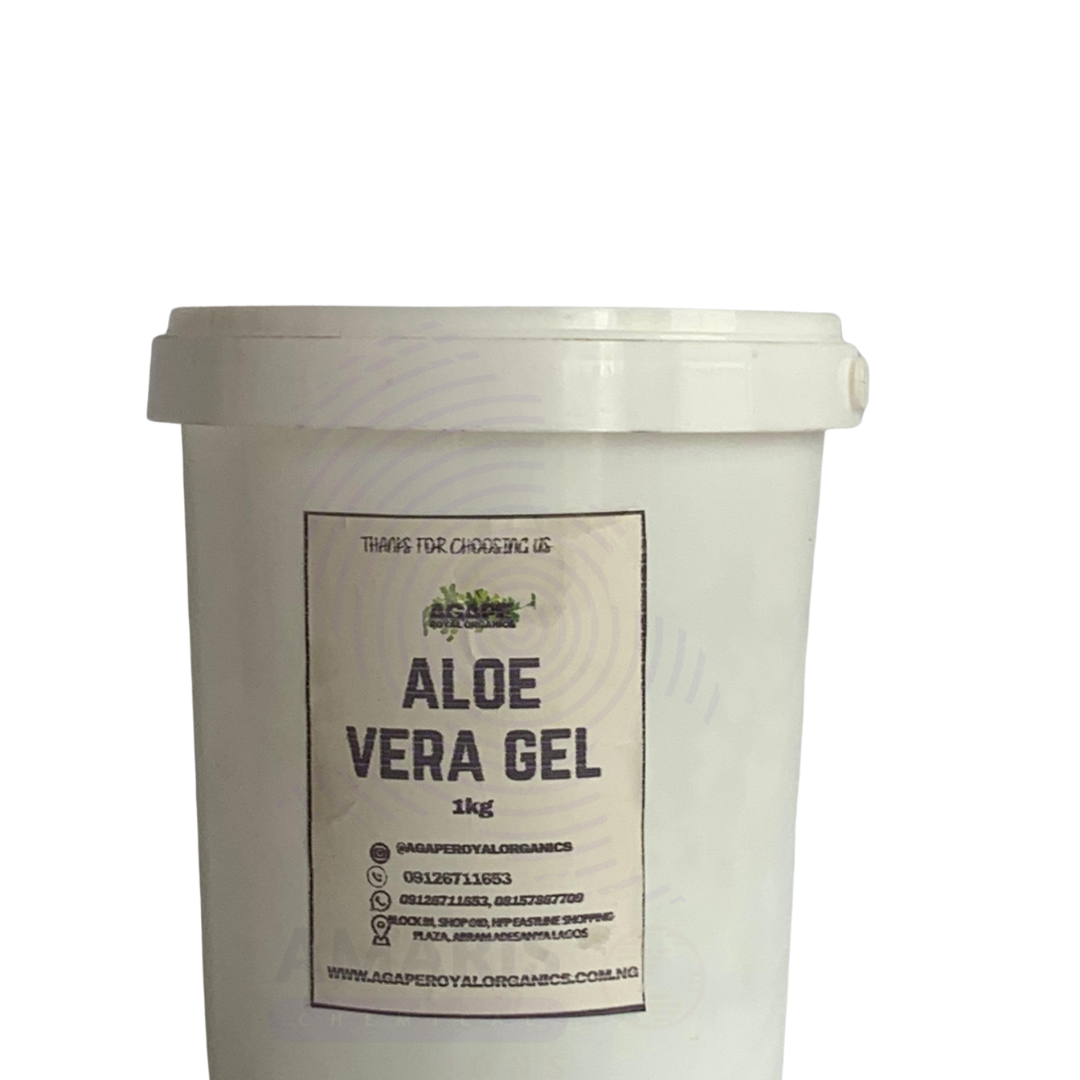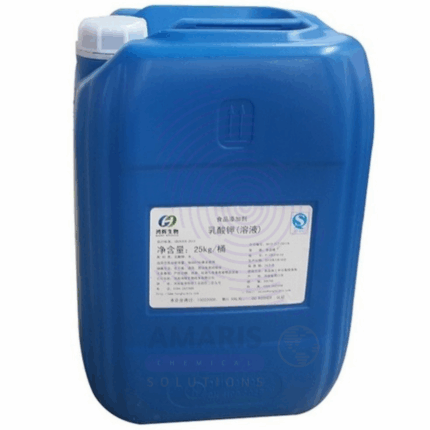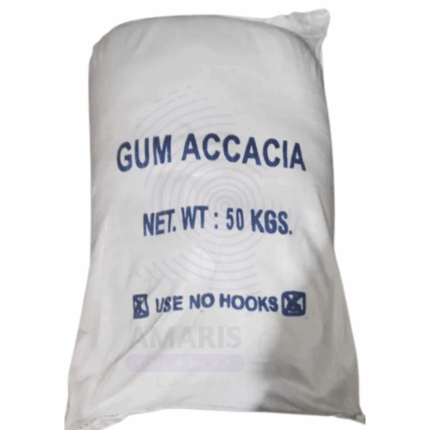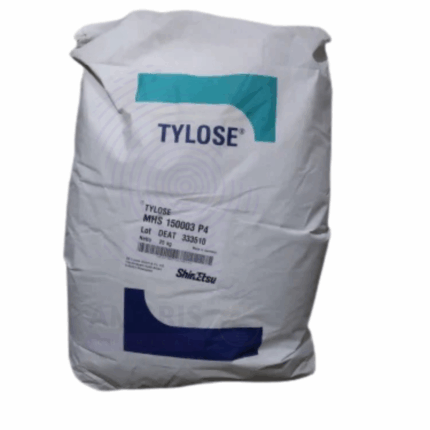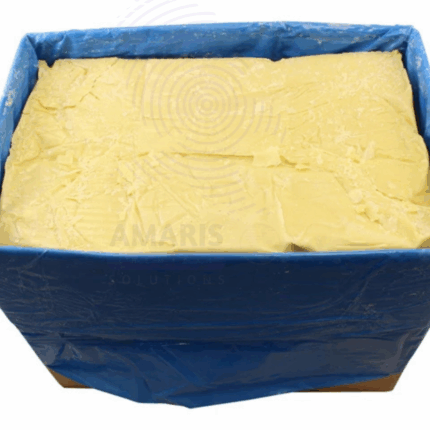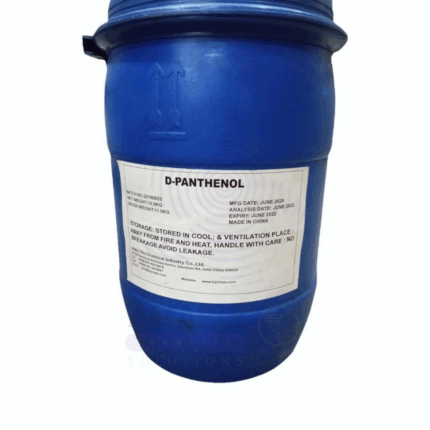“Lanolin Anhydrous” has been added to your cart. View cart
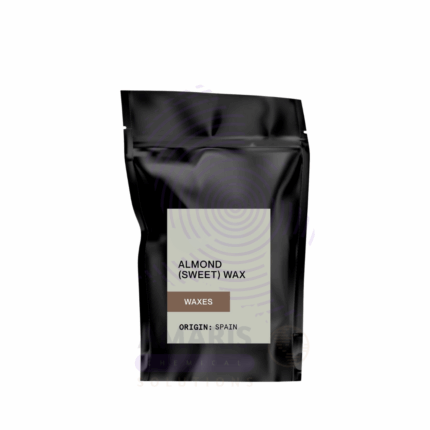
Almond Wax
$ 6.00 Original price was: $ 6.00.$ 5.80Current price is: $ 5.80.
Aloe Vera Gel
$ 14.00 Original price was: $ 14.00.$ 13.55Current price is: $ 13.55.
Whatsapp Order
Aloe Vera Gel is a clear, jelly-like substance extracted from the inner leaf of the Aloe vera plant. It is widely used in skincare for its soothing, hydrating, and healing properties. Rich in vitamins (especially A, C, and E), enzymes, and amino acids, Aloe Vera Gel is commonly applied to treat sunburns, minor cuts, skin irritation, and dryness. It also has mild anti-inflammatory and antibacterial effects, making it a popular natural remedy in both cosmetic and medicinal products.
Description
Table of Contents
Toggle
Aloe Vera Gel
Primary Uses
- Skincare & Cosmetics
- Moisturizer: Hydrates dry skin without greasiness.
- Sunburn Relief: Soothes UV damage and reduces redness.
- Acne Treatment: Anti-inflammatory and antibacterial properties help reduce breakouts.
- Anti-Aging: Promotes collagen production and reduces fine lines.
- Haircare
- Scalp Health: Reduces dandruff and itching.
- Hair Growth: Stimulates follicles and strengthens hair.
- Conditioner: Adds shine and softness.
- Wound Healing & First Aid
- Burns & Cuts: Accelerates healing and prevents infections.
- Post-Surgical Recovery: Used in dermatology for skin repair.
- Digestive Health (When Ingested)
- Constipation Relief: Acts as a mild laxative.
- Gut Health: Soothes acid reflux and ulcers.
Secondary Uses
- Food & Beverages
- Added to juices, yogurts, and health drinks for its nutrients.
- Used as a vegan egg substitute in baking.
- Pet Care
- Applied topically to soothe animal skin irritations.
- Textile Industry
- Used in anti-microbial fabric coatings.
- Agriculture
- Acts as a natural plant growth enhancer.
PRODUCT KEY ATTRIBUTES
1. Basic Identification Attributes
- Chemical Name: Aloe barbadensis Miller gel
- CAS Number: 94349-62-9 (for Aloe vera gel extract)
- HS Code: 1302.39.00 (Other vegetable saps and extracts)
- Molecular Formula: Complex mixture (polysaccharides, glycoproteins, etc.)
- Key Components:
- Acemannan (primary bioactive polysaccharide)
- Aloin (trace amounts, varies by processing)
- Amino acids, enzymes, vitamins
- Synonyms:
- Aloe gel
- Aloe barbadensis leaf juice
- Aloe mucilage
2. Physical & Chemical Properties
- Physical State: Viscous liquid or gel (depending on concentration)
- Color & Odor: Clear to pale yellow; faint characteristic odor
- pH Level: 4.0–4.5 (naturally acidic)
- Density: ~1.0–1.1 g/cm³
- Solubility:
- Water-soluble
- Insoluble in oils, ethanol (>50%)
- Viscosity: 2000–5000 cP (1% gel, Brookfield LV)
- Stability:
- Sensitive to heat (>40°C degrades polysaccharides)
- Light-sensitive (dark storage recommended)
3. Safety & Hazard Attributes
- Hazard Class: Non-hazardous (GHS: Not classified)
- NFPA Ratings: Health (0), Flammability (0), Reactivity (0)
- Exposure Limits: No OSHA PEL/ACGIH TLV
- Allergen Potential: Low (but potential for contact dermatitis in sensitive individuals)
- Contraindications:
- Raw/unprocessed gel may contain aloin (potential laxative effects)
4. Storage & Handling Attributes
- Storage Conditions:
- Refrigerated (2–8°C) for stability
- Airtight, opaque containers (prevents oxidation)
- Shelf Life:
- Stabilized gel: 12–24 months
- Fresh gel: 7–10 days (refrigerated)
- Special Handling:
- Avoid contamination (high water activity supports microbial growth)
5. Regulatory & Compliance Attributes
- Regulatory Status:
- FDA: GRAS (21 CFR 182.20) for food use
- EU: Approved cosmetic ingredient (INCI: Aloe Barbadensis Leaf Juice)
- ISO: Standard 30516 (2017) for Aloe vera raw materials
- Certifications:
- IASC (International Aloe Science Council) certification for purity
- Organic (USDA, ECOCERT for organic formulations)
6. Environmental & Health Impact
- Ecotoxicity: Non-toxic (LC50 > 1000 mg/L for aquatic organisms)
- Biodegradability: Fully biodegradable (polysaccharides break down readily)
- Carcinogenicity: Not listed by IARC/NTP (purified gel without aloin)
SAFETY HANDLING
1. Safety Precautions
Personal Protective Equipment (PPE)
- Gloves (nitrile/latex) – Prevents contamination and protects sensitive skin.
- Safety goggles – Needed when handling large volumes or during processing to prevent eye splashes.
- Lab coat/apron – Protects clothing from stains and maintains hygiene.
Handling & Storage
- Storage:
- Refrigerate (4–8°C) for fresh gel; store stabilized gel in a cool, dry place.
- Use airtight containers to prevent microbial growth.
- Processing:
- Use sterilized equipment to avoid contamination.
- Avoid prolonged exposure to high temperatures (>40°C) to preserve active compounds.
- Allergy Warning:
- Some individuals may develop contact dermatitis—patch test before topical use.
Spill Management
- Small spills: Wipe with a clean, damp cloth.
- Large spills: Use absorbent materials (e.g., paper towels) and sanitize the area.
2. First Aid Measures
Skin Contact
- Normal Use: Generally safe; rinse with water if irritation occurs.
- Allergic Reaction (redness/itching):
- Wash with mild soap and water.
- Apply hydrocortisone cream if needed.
- Seek medical help if severe.
Eye Contact
- Rinse immediately with cool, clean water for 15+ minutes.
- If irritation persists, consult a doctor.
Ingestion
- Food-grade gel: Safe in moderate amounts; drink water if discomfort occurs.
- Non-food-grade gel: May contain preservatives—seek medical advice if ingested.
Inhalation
- Not a significant risk (non-volatile). If aerosolized, move to fresh air.
3. Firefighting Measures
- Flammability: Aloe vera gel is non-flammable (water-based).
- In case of fire in processing area:
- Use water, CO₂, or dry chemical extinguishers for surrounding materials.
- No special precautions needed for the gel itself.
Related products
Alpha Arbutin
Alpha Arbutin is a biosynthetic active ingredient derived from hydroquinone and glucose. It is widely used in cosmetic and skincare formulations for its skin-brightening and spot-reducing properties. Alpha Arbutin inhibits tyrosinase, an enzyme involved in melanin production, thereby helping to reduce pigmentation, dark spots, and uneven skin tone. It is more stable and effective than its beta counterpart and is suitable for all skin types, including sensitive skin.
Ammonium Lactate
Ammonium Lactate is the ammonium salt of lactic acid, appearing as a clear, hygroscopic liquid or syrupy solution. It is widely used in pharmaceutical, cosmetic, and food industries primarily for its moisturizing, pH adjusting, and antimicrobial properties. In topical formulations, it acts as a keratolytic agent to help exfoliate and hydrate skin, making it popular in treatments for dry, scaly, or ichthyotic skin conditions. Its biocompatibility and mild acidic nature make it a versatile ingredient in various industrial and personal care products.
Arabic Gum
Arabic Gum, also known as Gum Acacia, is a natural gum harvested from the sap of Acacia trees, primarily Acacia senegal and Acacia seyal. It is a complex mixture of polysaccharides and glycoproteins, valued for its excellent emulsifying, stabilizing, and thickening properties. Arabic Gum is water-soluble, forms clear solutions, and is widely used in the food industry as a stabilizer and emulsifier. Additionally, it finds applications in pharmaceuticals, cosmetics, and printing industries due to its biodegradability, non-toxicity, and versatility.
Cellozize Tylose
Cellozize Tylose, commonly known by the trade name Tylose, is a brand of hydroxyethyl cellulose (HEC), a non-ionic, water-soluble cellulose ether derived from natural cellulose. It appears as a white to off-white powder with excellent thickening, binding, and film-forming properties. Tylose is widely used as a rheology modifier, stabilizer, and thickener in various industries including construction, pharmaceuticals, cosmetics, and food. It provides viscosity control, improves texture, and enhances water retention in formulations. Due to its inert, non-toxic, and biodegradable nature, Tylose is favored as a versatile polymer in many applications.
Cocoa Butter
Cocoa Butter, also known as Theobroma oil, is a pale-yellow, edible fat extracted from cocoa beans, primarily from Theobroma cacao. It has a smooth, creamy texture and a mild, characteristic chocolate aroma. Cocoa Butter is solid at room temperature but melts near body temperature, which gives it a luxurious feel when applied to skin or consumed. It is highly valued for its emollient, moisturizing, and protective properties. Cocoa Butter is widely used in cosmetics, pharmaceuticals, food, and confectionery industries. Its stable composition rich in fatty acids such as stearic, palmitic, and oleic acids imparts excellent oxidative stability and a long shelf life.
D-Panthenol USP
D-Panthenol USP, also known as Provitamin B5, is the dextrorotatory isomer of panthenol and is biologically active. It is a water-soluble, viscous, clear liquid with a slightly sweet odor and is widely used in pharmaceutical, cosmetic, personal care, and nutraceutical applications. D-Panthenol is the alcohol analog of pantothenic acid (Vitamin B5) and is converted into Vitamin B5 in the skin and body, where it plays a vital role in cellular metabolism and tissue repair. Its moisturizing, anti-inflammatory, and healing properties make it highly valuable across industries.
Glycerin Drum Food Grade
Glycerin Drum Food Grade, also known as glycerol, is a colorless, odorless, viscous liquid with a sweet taste and hygroscopic properties. It is a trihydroxy alcohol (triol) used extensively across food, pharmaceutical, cosmetic, and industrial applications. Food-grade glycerin is produced through hydrolysis, saponification, or transesterification of fats and oils, ensuring compliance with stringent purity standards. It is supplied in bulk (e.g., 250kg drums) for large-scale applications where non-toxic, biodegradable humectants or solvents are required. Glycerin is widely appreciated for its moisture-retaining ability, solubility, lubricity, and stabilizing properties.
Magnesium Ascorbyl Phosphate
Magnesium Ascorbyl Phosphate (MAP) is a stable, water-soluble derivative of Vitamin C, combined with magnesium. It offers antioxidant benefits and skin-brightening effects with improved stability and lower irritation compared to pure ascorbic acid. Widely used in cosmetics and pharmaceuticals, MAP promotes collagen synthesis, reduces pigmentation, and protects skin from oxidative damage.


 Preservatives(food)
Preservatives(food) Flavor Enhancers
Flavor Enhancers Acidulants
Acidulants Sweeteners
Sweeteners Antioxidants
Antioxidants Colorants(food)
Colorants(food) Nutraceutical Ingredients (food)
Nutraceutical Ingredients (food) Nutrient Supplements
Nutrient Supplements Emulsifiers
Emulsifiers
 Collectors
Collectors Dust Suppressants
Dust Suppressants Explosives and Blasting Agents
Explosives and Blasting Agents Flocculants and Coagulants
Flocculants and Coagulants Frothers
Frothers Leaching Agents
Leaching Agents pH Modifiers
pH Modifiers Precious Metal Extraction Agents
Precious Metal Extraction Agents
 Antioxidants(plastic)
Antioxidants(plastic) Colorants (Pigments, Dyes)
Colorants (Pigments, Dyes) Fillers and Reinforcements
Fillers and Reinforcements Flame Retardants
Flame Retardants Monomers
Monomers Plasticizers
Plasticizers Polymerization Initiators
Polymerization Initiators Stabilizers (UV, Heat)
Stabilizers (UV, Heat)
 Antifoaming Agents
Antifoaming Agents Chelating Agents
Chelating Agents Coagulants and Flocculants
Coagulants and Flocculants Corrosion Inhibitors
Corrosion Inhibitors Disinfectants and Biocides
Disinfectants and Biocides Oxidizing Agents
Oxidizing Agents pH Adjusters
pH Adjusters Scale Inhibitors( water)
Scale Inhibitors( water)
 Antioxidants(cosmetic)
Antioxidants(cosmetic) Emollients
Emollients Fragrances and Essential Oils
Fragrances and Essential Oils Humectants
Humectants Preservatives
Preservatives Surfactants(cosmetic)
Surfactants(cosmetic) Thickeners
Thickeners UV Filters
UV Filters
 Fertilizers
Fertilizers Soil Conditioners
Soil Conditioners Plant Growth Regulators
Plant Growth Regulators Animal Feed Additives
Animal Feed Additives Biostimulants
Biostimulants Pesticides (Herbicides, Insecticides, Fungicides)
Pesticides (Herbicides, Insecticides, Fungicides)
 Active Pharmaceutical Ingredients (APIs)
Active Pharmaceutical Ingredients (APIs) Excipients
Excipients Solvents(pharmaceutical)
Solvents(pharmaceutical) Antibiotics
Antibiotics Antiseptics and Disinfectants
Antiseptics and Disinfectants Vaccine Adjuvants
Vaccine Adjuvants Nutraceutical Ingredients (pharmaceutical)
Nutraceutical Ingredients (pharmaceutical) Analgesics & Antipyretics
Analgesics & Antipyretics
 Analytical Reagents
Analytical Reagents Solvents(lab)
Solvents(lab) Chromatography Chemicals
Chromatography Chemicals Spectroscopy Reagents
Spectroscopy Reagents microbiology-and-cell-culture-reagents
microbiology-and-cell-culture-reagents Molecular Biology Reagents
Molecular Biology Reagents Biochemical Reagents
Biochemical Reagents Inorganic and Organic Standards
Inorganic and Organic Standards Laboratory Safety Chemicals
Laboratory Safety Chemicals Specialty Laboratory Chemicals(Special Laboratory Equipment)
Specialty Laboratory Chemicals(Special Laboratory Equipment)
 Demulsifiers
Demulsifiers Hydraulic Fracturing Fluids
Hydraulic Fracturing Fluids Scale Inhibitors(oil)
Scale Inhibitors(oil) Surfactants(oil)
Surfactants(oil) Drilling Fluids
Drilling Fluids
 Dyes and Pigments
Dyes and Pigments Bleaching Agents
Bleaching Agents Softening Agents
Softening Agents Finishing Agents
Finishing Agents Antistatic Agents
Antistatic Agents
 Admixtures
Admixtures Waterproofing Agents
Waterproofing Agents Sealants and Adhesives
Sealants and Adhesives Curing Compounds
Curing Compounds Concrete Repair Chemicals
Concrete Repair Chemicals Anti-Corrosion Coatings
Anti-Corrosion Coatings
 Surfactants(cleaning)
Surfactants(cleaning) Builders
Builders Enzymes
Enzymes Solvents (Cleaning)
Solvents (Cleaning) Fragrances
Fragrances
 Electronic Chemicals
Electronic Chemicals Catalysts
Catalysts Lubricants
Lubricants Photographic Chemicals
Photographic Chemicals Refrigerants
Refrigerants Automotive chemicals
Automotive chemicals Pyrotechnic Chemicals
Pyrotechnic Chemicals
 Biodegradable Surfactants
Biodegradable Surfactants Bio-based Solvents
Bio-based Solvents Renewable Polymers
Renewable Polymers Carbon Capture Chemicals
Carbon Capture Chemicals Wastewater Treatment Chemicals
Wastewater Treatment Chemicals
 Pigments
Pigments Solvents(paint)
Solvents(paint) Specialty Coatings
Specialty Coatings Binders/Resins
Binders/Resins Additives
Additives Driers
Driers Anti-Corrosion Agents
Anti-Corrosion Agents Functional Coatings
Functional Coatings Application-Specific Coatings
Application-Specific Coatings
 Fresh Herbs
Fresh Herbs Ground Spices
Ground Spices Whole Spices
Whole Spices Spice Blends
Spice Blends Dried Herbs
Dried Herbs
 Leavening Agents
Leavening Agents Dough Conditioners
Dough Conditioners Flour Treatments
Flour Treatments Fat Replacers
Fat Replacers Decoratives
Decoratives Preservatives(baking)
Preservatives(baking)
 Plasticizers & Softeners
Plasticizers & Softeners Reinforcing Agents
Reinforcing Agents Adhesion Promoters
Adhesion Promoters Vulcanizing Agents
Vulcanizing Agents Antidegradants
Antidegradants Blowing Agents
Blowing Agents Fillers & Extenders
Fillers & Extenders Accelerators & Retarders
Accelerators & Retarders